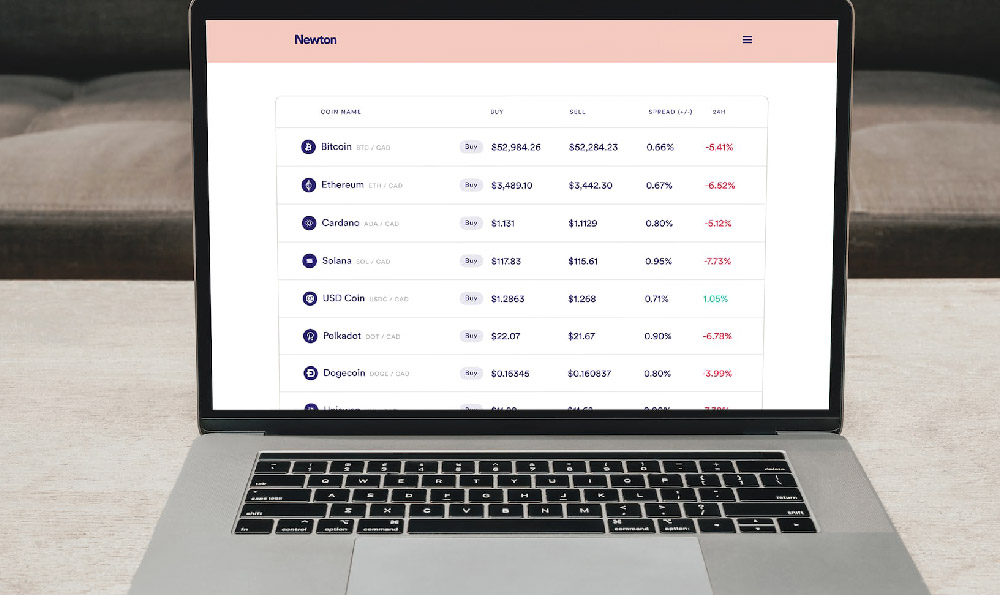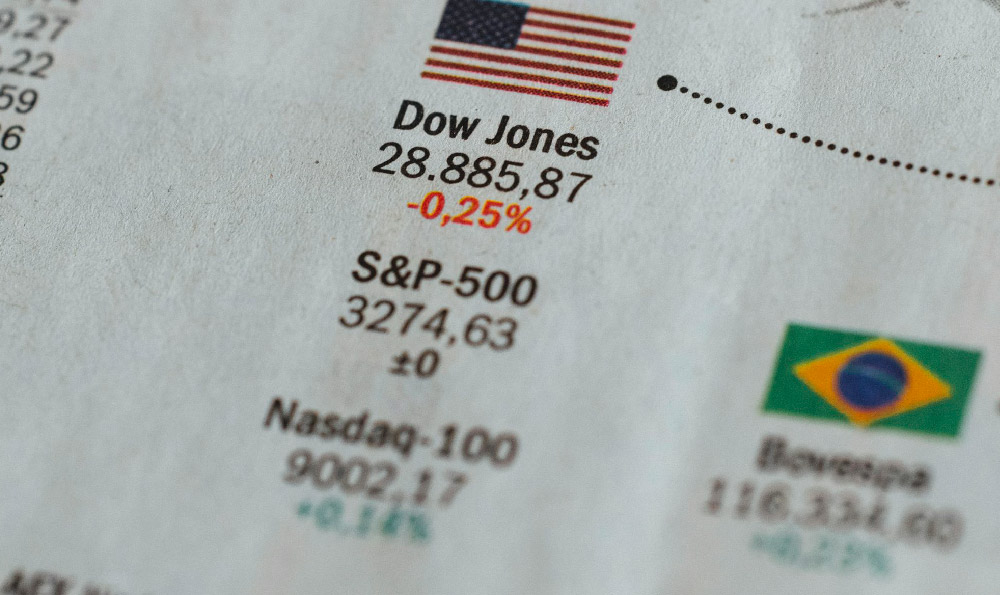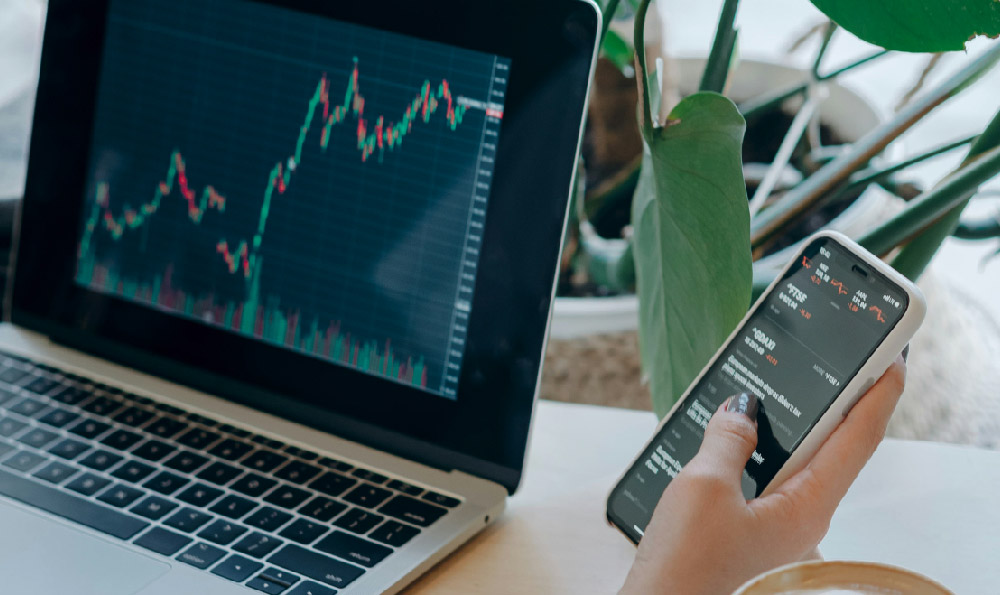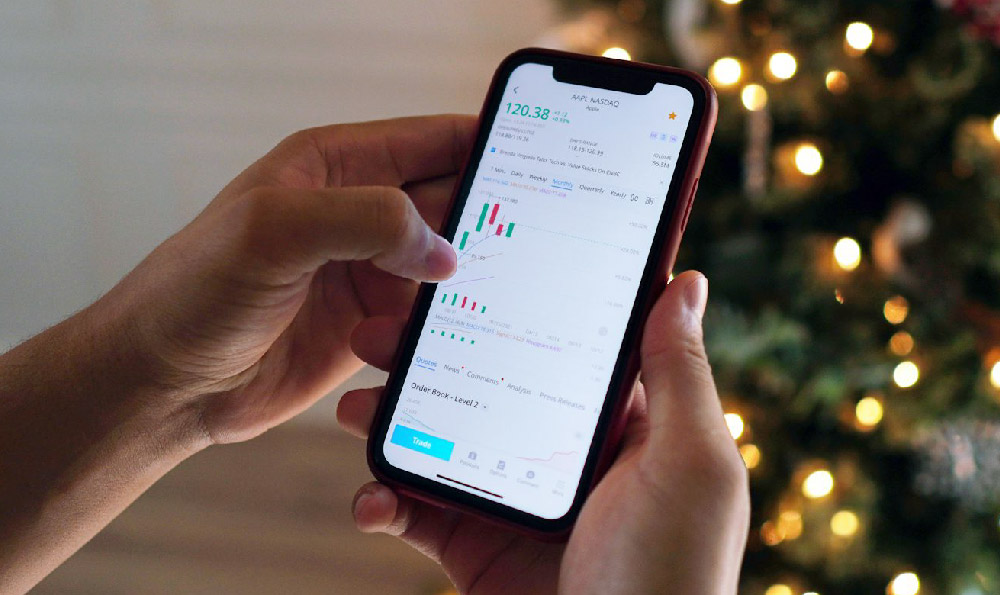AI Binance: Revolutionizing Crypto Trading or Just Hype?
AI Binance: Revolutionizing Crypto Trading or Just Hype?
The intersection of artificial intelligence (AI) and cryptocurrency trading, exemplified by platforms leveraging AI capabilities on Binance, has become a focal point of discussion and scrutiny within the financial world. While the promise of AI-driven trading solutions is enticing, the question remains: are these advancements truly revolutionizing crypto trading, or are they merely riding the wave of hype that often accompanies nascent technologies?
The allure of AI in the crypto space is undeniable. Crypto markets, characterized by their volatility, 24/7 trading cycles, and the sheer volume of data, present both opportunities and challenges for traders. Human limitations, such as emotional biases and cognitive overload, can hinder optimal decision-making. This is where AI steps in, offering the potential to analyze vast datasets, identify patterns, and execute trades with speed and precision that surpass human capabilities.

The Promises and Potential of AI-Powered Crypto Trading
AI trading bots and platforms operating on Binance claim to offer numerous advantages:
-
Automated Trading: AI algorithms can execute trades automatically based on pre-defined parameters or real-time market analysis, eliminating the need for constant monitoring and manual intervention. This allows traders to capitalize on fleeting opportunities and potentially generate profits even while they sleep.
-
Data-Driven Decision Making: AI algorithms can analyze massive datasets, including historical price data, social media sentiment, news articles, and on-chain metrics, to identify patterns and predict market movements. This data-driven approach can help traders make more informed decisions and avoid emotional biases.
-
Risk Management: AI can be programmed to implement sophisticated risk management strategies, such as stop-loss orders, position sizing, and diversification, to protect capital and mitigate potential losses.
-
Improved Efficiency: AI can automate repetitive tasks, such as market scanning and order execution, freeing up traders to focus on more strategic activities.
-
Personalized Trading Strategies: Some AI platforms offer the ability to customize trading strategies based on individual risk tolerance, investment goals, and market preferences.
However, despite these potential benefits, a healthy dose of skepticism is warranted. The reality of AI-powered crypto trading is often more complex than the marketing hype suggests.
The Challenges and Limitations of AI in Crypto Trading
-
Market Volatility: The extreme volatility of crypto markets presents a significant challenge for AI algorithms. Sudden and unexpected market swings can trigger false signals and lead to substantial losses. AI needs to be constantly retrained and adapted to changing market conditions.
-
Data Quality and Availability: The accuracy and completeness of data are crucial for the effectiveness of AI algorithms. If the data is flawed or incomplete, the AI's predictions and trading decisions will be unreliable.
-
Overfitting: AI algorithms can sometimes become too specialized to historical data, leading to overfitting. This means that the algorithm performs well on past data but fails to generalize to new, unseen data, resulting in poor performance in real-world trading scenarios.
-
Lack of Transparency: The inner workings of some AI trading algorithms can be opaque, making it difficult for traders to understand how the AI is making decisions and why it is performing as it is. This lack of transparency can make it challenging to trust the AI and can hinder the ability to diagnose and correct errors.
-
Ethical Considerations: The use of AI in crypto trading raises ethical concerns, such as the potential for market manipulation and the displacement of human traders.
-
The 'Black Box' Problem: Understanding how an AI arrives at a trading decision is often difficult, even for its creators. This "black box" nature makes it challenging to identify and correct errors or biases in the algorithm.
Navigating the AI-Powered Crypto Trading Landscape
For those considering utilizing AI trading solutions on Binance or other platforms, it's crucial to proceed with caution and conduct thorough research.
-
Due Diligence: Carefully research the AI platform or bot, its developers, and its track record. Look for independent reviews and testimonials from other users.
-
Understand the Algorithm: Try to understand the underlying algorithm and how it makes trading decisions. If the platform is opaque about its methodology, be wary.
-
Backtesting: Backtest the AI's performance on historical data to see how it would have performed in different market conditions. However, remember that past performance is not necessarily indicative of future results.
-
Risk Management: Implement robust risk management strategies, such as stop-loss orders and position sizing, to protect your capital.
-
Start Small: Begin with a small amount of capital and gradually increase your investment as you gain confidence in the AI's performance.
-
Monitor Performance: Continuously monitor the AI's performance and be prepared to adjust your trading strategy or discontinue its use if it is not meeting your expectations.
-
Diversification: Do not rely solely on AI for your crypto trading. Diversify your portfolio across different assets and trading strategies.
Conclusion: A Tool, Not a Panacea
AI holds significant promise for revolutionizing crypto trading, offering the potential for automation, data-driven decision-making, and improved risk management. However, it is not a magic bullet and comes with its own set of challenges and limitations. The extreme volatility of crypto markets, the importance of data quality, and the risk of overfitting are just some of the hurdles that AI algorithms must overcome.
Ultimately, AI should be viewed as a tool to enhance, rather than replace, human traders' abilities. By understanding its strengths and weaknesses, and by implementing appropriate risk management strategies, traders can leverage AI to potentially improve their trading performance and navigate the complex world of cryptocurrency markets. The key is to approach AI with a healthy dose of skepticism, conduct thorough research, and continuously monitor its performance. It's not a guaranteed path to riches, but a potentially powerful tool in a skilled trader's arsenal. The revolution is not guaranteed, but the evolution is underway.















